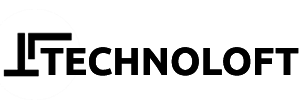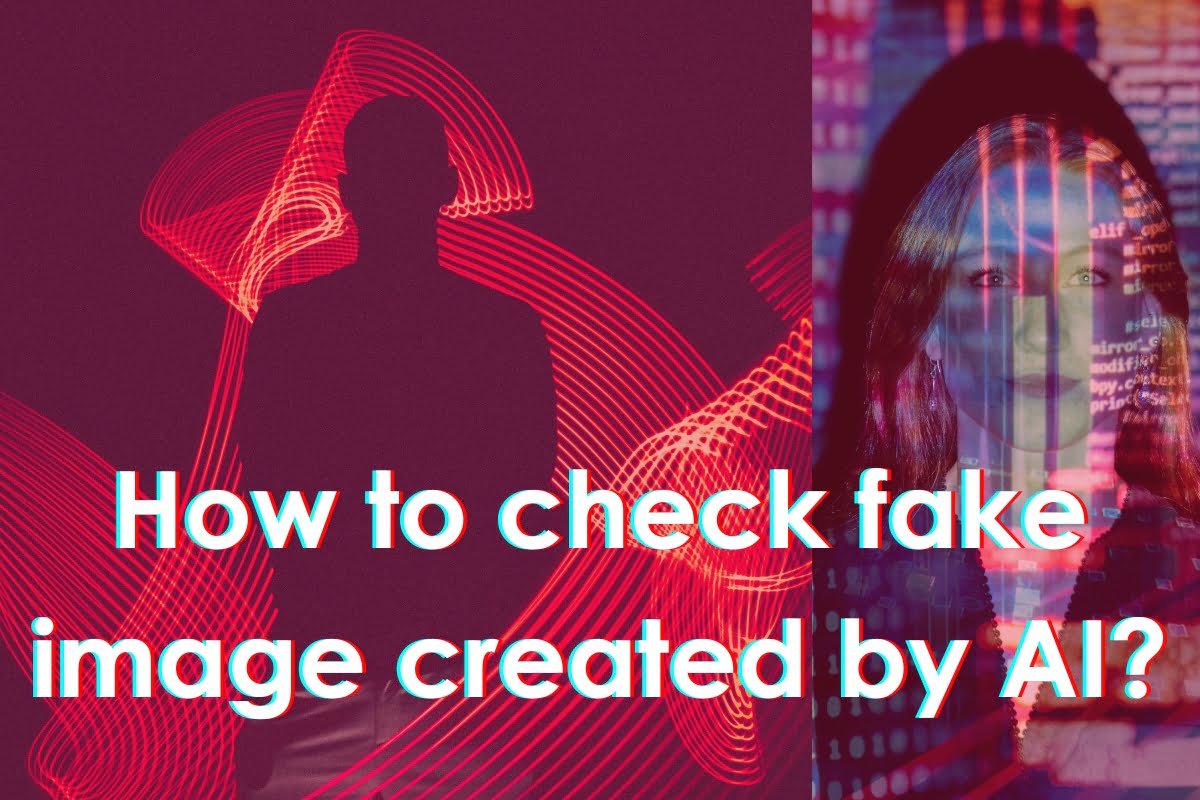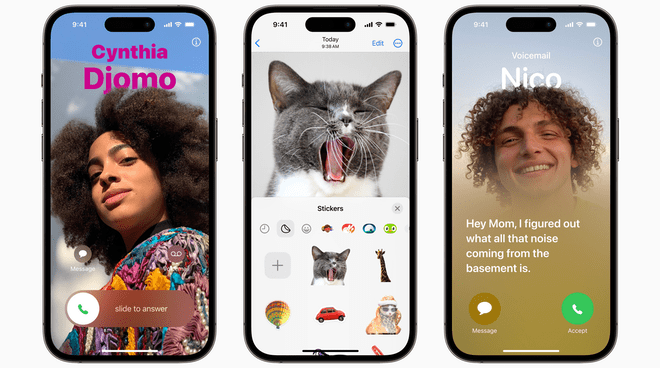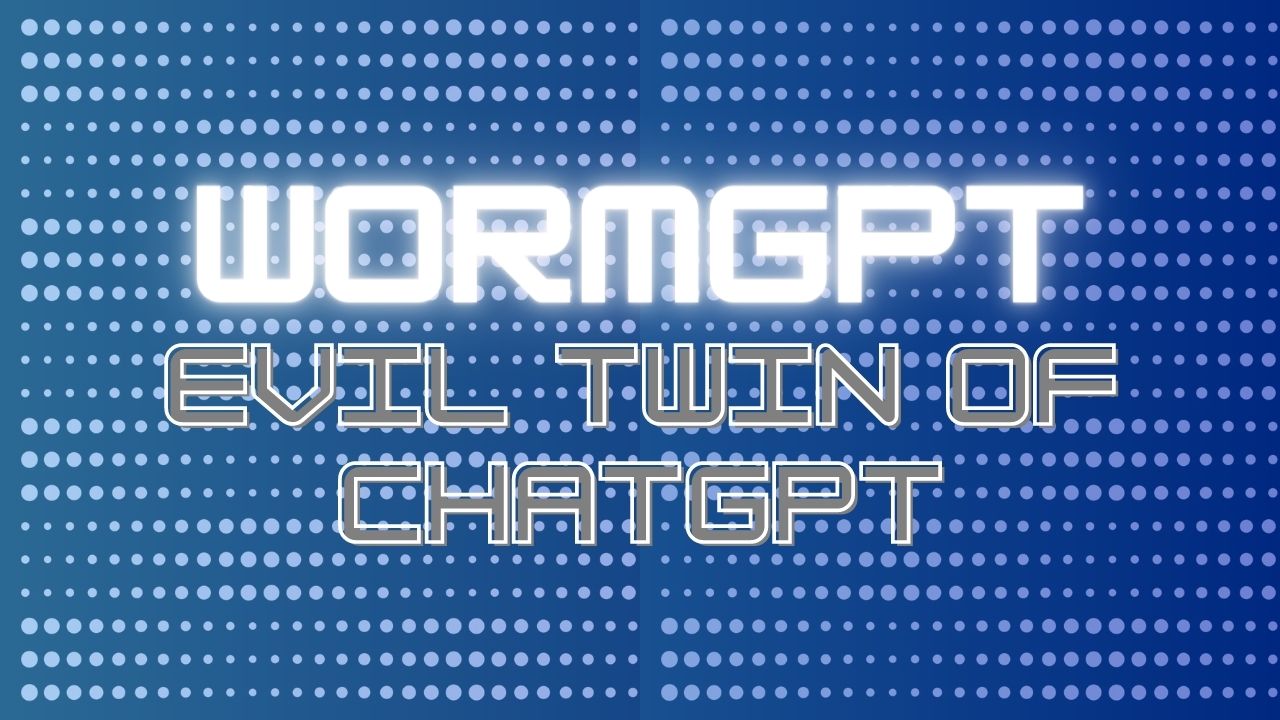Ever wondered the Last image you saw was real image itself or fake image? Today we will share few measures through which you can check fake image created by AI. Mastering the discipline of picture verification is critical in today’s fast-paced digital world, when information travels at the speed of light and authenticity is frequently at stake.
Images have become the medium for narrating stories and transferring messages, thanks to the everywhere presence of smartphones and the widespread impact of social media. However, broad use exposes us to the dangerous world of disinformation, deep fakes, and altered visuals, making individuals vulnerable to frauds and deception. Like sometimes back we got to see that certain celebs become viral due to some Obscene picture or video, however, in real they have not even performed or there were not in the picture themselves and just got deep fake.
With the evolution of AI, where the benefits are massively received, some risks are also heavily received. Today we go deep into the processes that allow you to differentiate authentic images from AI-generated tools like Stable Diffusion, Mid journey or Leonardo and after this, we would be in no confusion in “check fake image created by AI“.
Measures to check fake image created by AI
Get the Best Use of Reverse Image Search
The ground-breaking technology of reverse image search is the first line of protection against fake pictures. Using this reverse image search, photos are converted into queries, allowing us to determine their authenticity. The approach is the same whether you’re on a smartphone using the Google Lens app or a PC using your favourite browser.
Moreover, special search engines such as ‘Yandex’ might help in this endeavour. Reverse image search can show to us whether the image has been posted on other social media sites or featured in articles, providing context and reliability.
On the uncertain occasion that reverse image search gives no results, use keywords with description on Google. For example, if the image depicts a cat, include precise descriptions of the animal’s behaviours in the image. This method increases the likelihood of determining the image’s origins.
Consider AI Image Detectors
If you are concerned about AI-created photos, use specific AI image identification programs such as Hive Moderation, Optic AI, or Not and Maybe’s AI Art Detector. These cutting-edge techniques are intended to detect the intricate patterns inherent in AI-generated pictures, providing a barrier against false information transmission. Using these sophisticated tools acts as a defensive mechanism, aiding in the detection and mitigation of fraudulent material inside AI-generated photography.
Hire Google Bard: Your chat AI friend
Dive into the fascinating world of Google Bard, an experimental AI conversational chat service, and you’ll discover a world of possibilities. What is surprising is that when meeting special requests, Google Bard can also reveal information related to photos.
Utilizing methods such as uploading a photo and posing specific questions like “Describe this image” or “Where was this taken?” assists in unlocking mystery related to images. Clarity in prompts is mandatory for precise insights. Clear prompts help in reconstructing the narrative behind visuals, enabling the distinction between fact and fiction.
Equipping oneself with these abilities amidst rampant digital alterations is akin to wielding a protective weapon against the looming risk of AI-fabricated deceptive imagery. Embracing these techniques empowers individuals to decipher and authenticate amidst a landscape permeated by potential distortions.
Conclusion
We believe using the tools and strategy shared here, you can now check fake image created by AI. By employing the techniques and guidance provided, detecting AI-generated counterfeit images becomes achievable. Remain vigilant, well-informed, and uphold the truth’s integrity.




